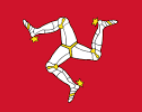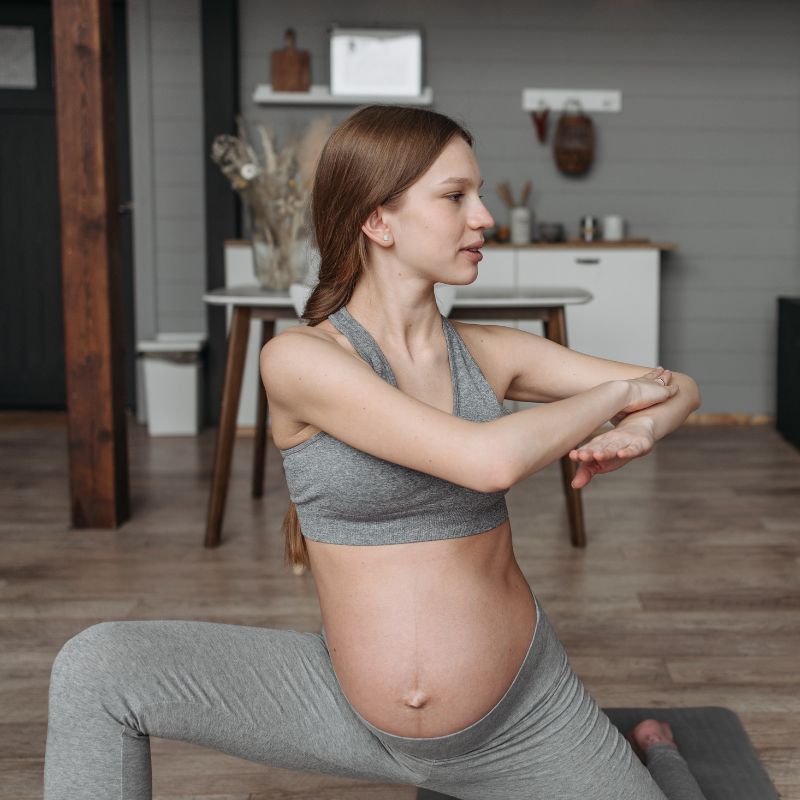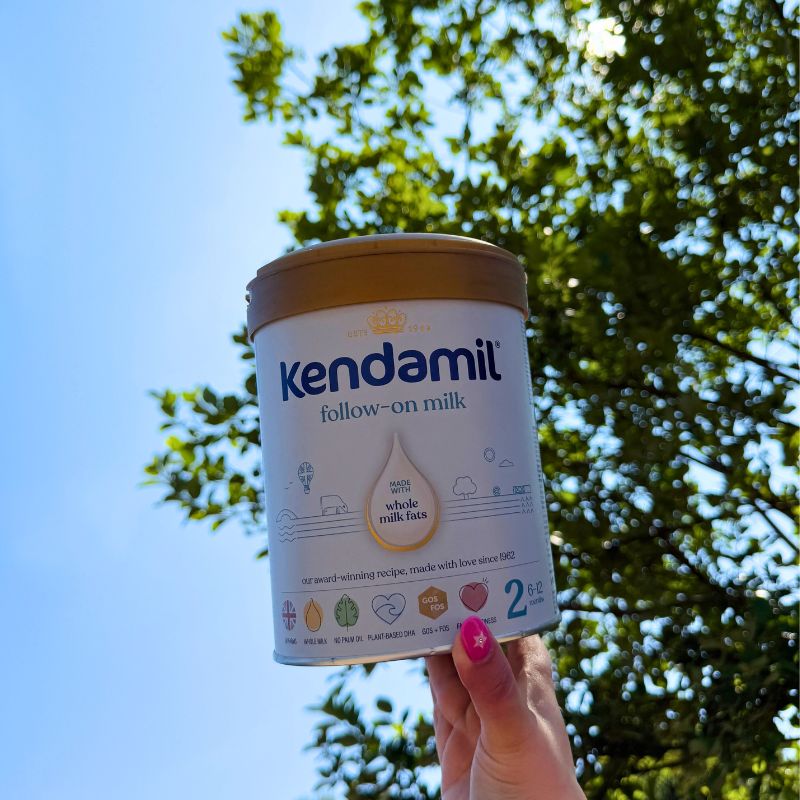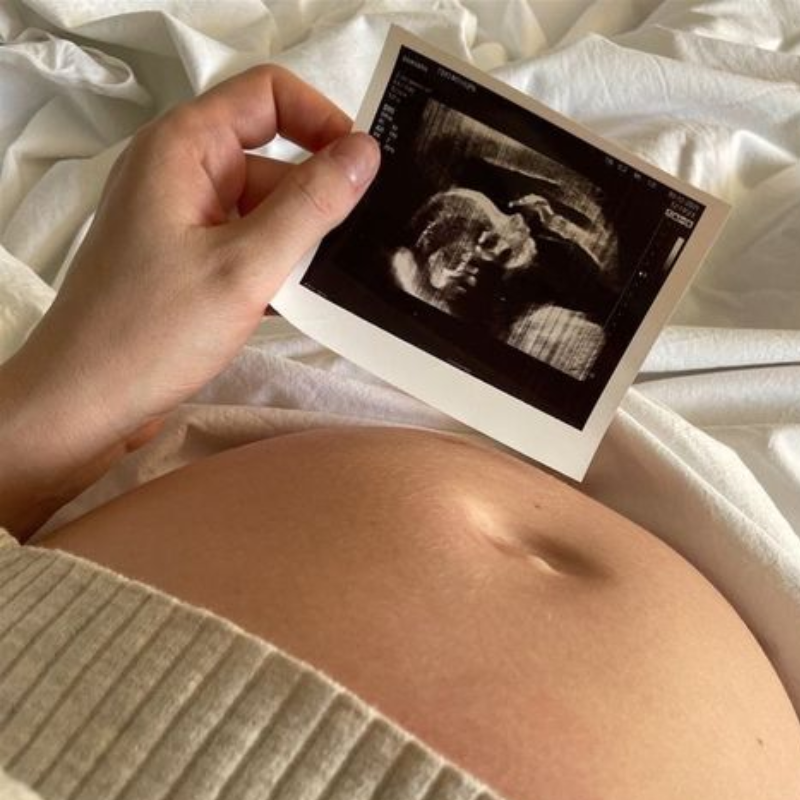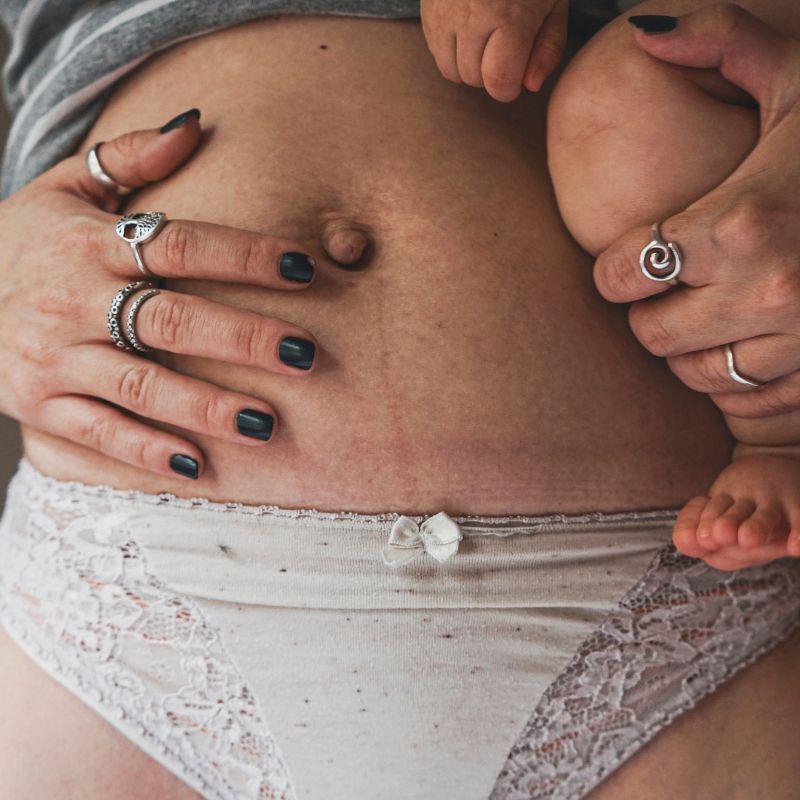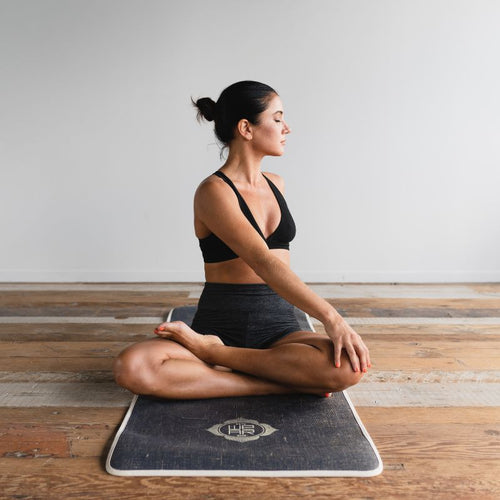With pregnancy comes many symptoms that might keep you from exercising. In fact for most, exercise is usually the last thing on their mind, especially when you’ve got a million things to get ready for your baby’s imminent arrival. But exercise during pregnancy doesn’t need to get you out of breath. Read on for more guidance on gentle forms of exercise and get to know the incredible benefits for labour and delivery.
The Benefits Of Staying Active During Pregnancy
Firstly, is exercise dangerous for baby? No, as long as you have no medical conditions or complications with your pregnancy and you don’t opt for contact sports such as boxing, exercising has a lot more pros than cons. There is evidence to show that staying active throughout your pregnancy can actually lessen the risk of problems later on in your pregnancy as well as during labour. There are many other benefits that could help to elevate any pregnancy symptoms you may be experiencing. Exercise can also help:
- Improve your quality of sleep
- Maintain a health weight
- Improve mood, energy and wellbeing
- Reduce back and pelvic pain
- Promote muscle tone, strength and flexibility
It is hard to stay motivated when you’re experiencing pregnancy symptoms such as morning sickness or fatigue and even more difficult to stay active as you become heavier and more out of breath in the later stages of pregnancy. General rule of thumb is to try to be active for at least 30 minutes a day - this doesn’t need to be anything strenuous; it could be a 30 minute dog walk or a 30 minute walk around the supermarket. Be flexible, allow yourself grace on lazy days and try to work your exercise routine around your daily symptoms and energy levels. If you know you usually hit that mid-afternoon slump, aim to be more active in the morning etc.
Prenatal exercise safety tips & guidelines
If you were not previously very active you may want to speak to your midwife about any new workout classes or routines you plan on starting. If you’re already fairly active you can continue with your usual routines but adapt where needed. When taking part in a fitness class always speak to the class instructor to let them know you’re pregnant and check if the class is appropriate for pregnant women. The instructor should also be qualified to teach pregnant women and have an understanding of how to adjust their instructions to suit your condition.
Prenatal exercise safety tips
Certain sports are not advisable for pregnant women, these include contact sports such as boxing, squash, kick-boxing and exercises where you could fall such as horse riding, skiing, cycling, ice skating. Not very likely, but you should also avoid scuba diving and sports at 2,500km above sea level. You should not be doing any kind of exercises laid on your back after 16 weeks as this can cause you to feel faint. If lifting weights is your thing or you love a HIIT circuit you may want to get clued up on certain exercises that can weaken your pelvic floor muscles and contribute to diastasis recti (separation of abdominal muscles). In general you want to avoid exercises that put too much pressure on your pelvic floor muscles as pregnancy alone is putting enough strain on them.
When exercising during pregnancy always make sure you stay hydrated and that you warm up and cool down before and after.
Safe pregnancy workouts
Exercise during pregnancy shouldn’t be strenuous, the aim is to stay active. You want to increase your heart rate but you should still be able to talk through your activity. Gentle exercises you may want to consider include, walking, swimming, yoga or pilates classes that are specifically for pregnant women, riding a stationary bike, weight training and jogging. There are many modifications for common exercises during pregnancy, just ask your gym instructor or fitness class instructor for advice and guidance.
Kendamil prenatal workouts with prenatal specialist trainer Grace Strang
We’ve teamed up with personal trainer Grace, from pre and post natal fitness group Sweaty Mama, to create a fully customised workout program for pregnant mums-to-be. Grace is fully trained in prenatal and postnatal fitness and has worked with many mums over the years to help them maintain their fitness and health during pregnancy. Grace has broken down her program into three short exercise workouts that you can easily fit into your day. She also includes many tips and modifications depending on your stage of pregnancy.
Prenatal Lower Body
Prenatal Upper Body and Core
Prenatal Full Body Workout
Interested in Grace’s postnatal workouts? Check them out here.
The importance of pelvic floor exercises
What is your pelvic floor? It’s amazing how much you learn about your body during your journey to motherhood and discovering your pelvic floor can be eye-opening for many who didn’t know it existed before getting pregnant. Your pelvic floor muscles are the hammock like muscles that sit underneath and support your bladder, uterus and rectum. During pregnancy it is under immense pressure as your growing baby puts more and more weight onto it. Training those pelvic floor muscles is important to help prevent or reduce postnatal issues such as incontinence. Hearing other mum friends complain of wetting their knickers when laughing now coming to mind?
Pelvic floor exercises and pregnancy
It is recommended to train your pelvic floor muscles every day. It shouldn’t take more than 5-10mins and could be done anywhere, from your desk at work to while you’re getting ready for bed. You can do them sitting, laying down or standing (although standing is the most tiring). If sitting or standing try to do them without shoes on if you can with your feet flat fully to the ground. Try to stick to a fixed time each day to remind yourself.
So you’re wondering, how do I train these muscles I knew nothing about? You are essentially squeezing and drawing your muscles upwards as though trying to stop a fart from escaping or stopping a wee, glamorous we know! Upon squeezing you should be breathing in. Try to hold this for 10 seconds if you can and then release and relax. Once you relax and release the contraction, breathe out and let your tummy soften and relax too. The NHS recommends doing 3 sets of 8 squeezes a day.
If you’re still not 100% sure or looking for some daily motivation you can pay £2.99 to download the NHS approved Squeezy app that will help with exercises and reminders. If you have the means you may want to consult with a private women’s physiotherapist who can show you how to contract and release your pelvic floor muscles and they will also provide you with tailored exercises. You can also purchase a device such as the Elvie Trainer, which is a tampon-like device you insert into your vagina that connects via bluetooth to an app on your phone, it walks you through your exercises so you can visually see how your pelvic floor is reacting to each contraction, it also monitors your progress.
Low-impact exercises for pregnant women
There are many low-impact exercises for pregnant women to enjoy, whilst still reaping some of the health benefits of staying active.
Swimming is a safe pregnancy exercise
Swimming is an excellent choice especially if you’re looking for a workout to alleviate pregnancy discomforts. Swimming can be great to relieve swollen ankles, back pain and can give a feeling of relief from the weight you’re carrying. Front crawl and backstroke are safe ways to swim, but breaststroke is not advised especially if you are suffering with pelvic girdle pain or symphysis pubis dysfunction. Always make sure you take snacks, drink plenty of water and be sure to take regular breaks. You can find a swim class near you by searching ‘aquanatal class’.
Walking for fitness during pregnancy
It may not seem like it but a simple walk around the shops or a 30 minute walk with the dog can help keep you healthy and fit during your pregnancy. It is a safe, low-risk way to get your heart pumping without causing much strain on your muscles and joints. The further on in your pregnancy the more you may need to rest along your route or you may find your walks start to get a little shorter.
Prenatal yoga and its benefits
Yoga is another gentle, low-impact form of exercise for prenatal women. It’s also a great way to relieve any stress and tension, while maintaining tone and flexibility. It can also help with maintaining balance and stability during pregnancy. Before booking yourself onto a prenatal yoga course, it is advised to run the idea past your midwife or GP in case there is a reason they think it may not suitable for you based on your pregnancy. Once you’ve got the green light you can start looking for a prenatal yoga class near you. Make sure the class is tailored to prenatal women and that the instructor is qualified to teach pregnant women. Looking for a workout to do at home? The NHS has a 45 minute pre and postnatal routine you can practice during and after your pregnancy here.
Online prenatal exercise resources
For everything relating to your pelvic floor:
NHS: read their guide.Pelvic floor physiotherapist Clare Bourne: follow her on instagram for tips or read her book.
Mummy MOT: find a trained practitioner near you for pelvic floor support.
Squeezy app: download NHS approved app to start your pelvic floor exercises today.
Prenatal exercise classes:
Water Bumps: Aquanatal classes near you.NCT: find a walk and talk group near you.
NCT yoga for pregnancy: find a class near you.
The Bump Plan: online pilates classes and courses, physio approved and created by fitness expert and mum Hollie Grant.
Class Pass: Find a prenatal class near you
NHS Start for Life: exercise in pregnancy tips.
NHS: guidelines on exercise in pregnancy.
